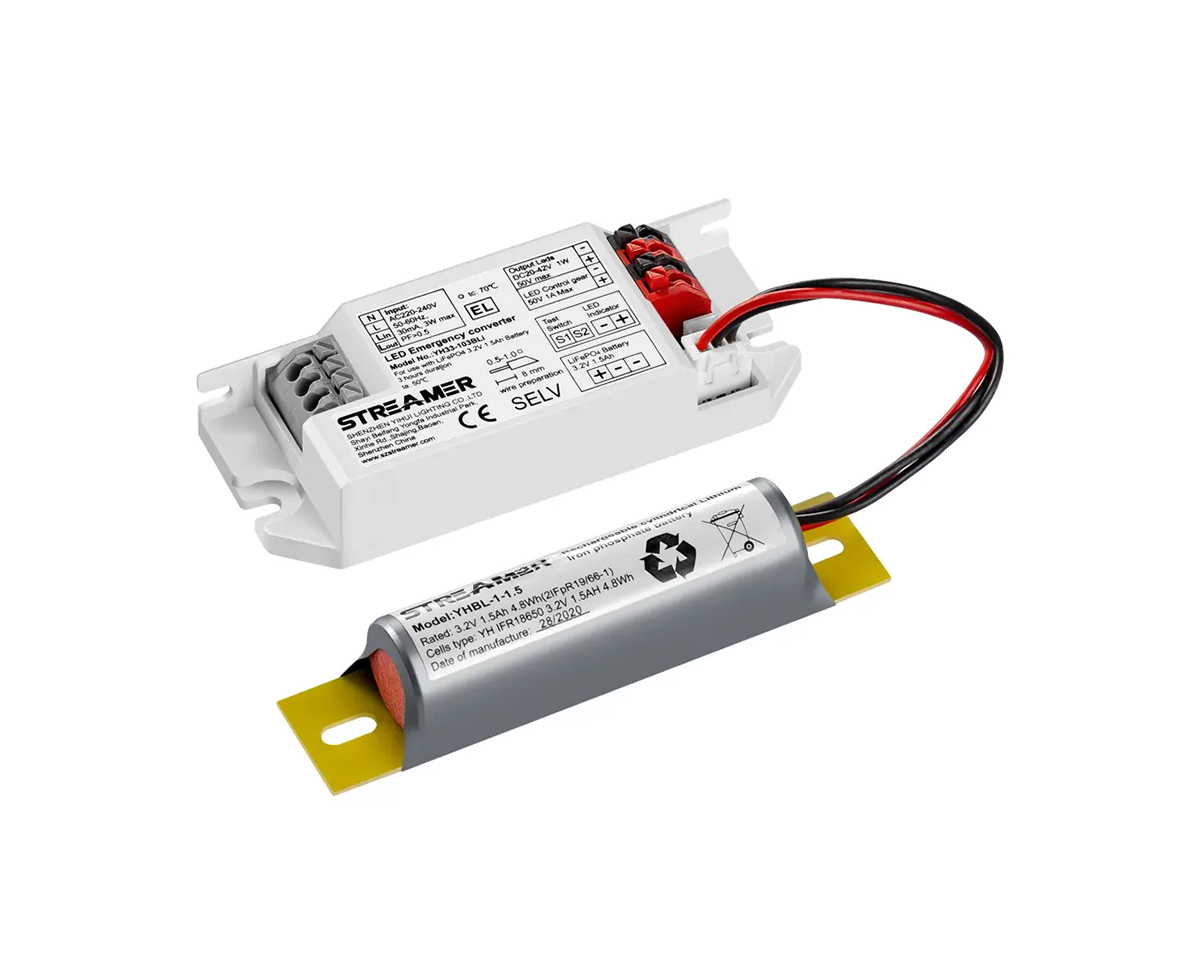 1
1
 Dec 12, 2024
Dec 12, 2024

The battery is a critical component of an emergency drive. It serves as the power source when the main power supply fails. There are different types of batteries used in emergency drives, such as lead-acid batteries, lithium-ion batteries, and nickel-cadmium batteries. Lead-acid batteries are commonly used due to their relatively low cost and high availability. However, they have a lower energy density compared to lithium-ion batteries and require more maintenance.
Lithium-ion batteries, on the other hand, offer higher energy density, longer cycle life, and faster charging times. They are becoming increasingly popular in emergency drive applications, especially where space and weight are concerns. Nickel-cadmium batteries are known for their durability and ability to withstand a wide range of temperatures. However, they have environmental concerns due to the presence of cadmium.
Regardless of the type, proper battery maintenance is crucial. This includes regular charging and discharging cycles to keep the battery in good condition. Overcharging or deep discharging can significantly reduce the battery's lifespan. Monitoring the battery's voltage, current, and temperature is also important. Any abnormal readings could indicate a problem with the battery or the charging system. In addition, the battery should be stored in a cool and dry environment. Extreme temperatures can affect its performance and longevity. When replacing a battery, it's essential to choose a battery with the correct specifications and capacity to ensure compatibility with the emergency drive. By taking good care of the emergency drive battery, the reliability and effectiveness of the entire emergency drive system can be maintained.